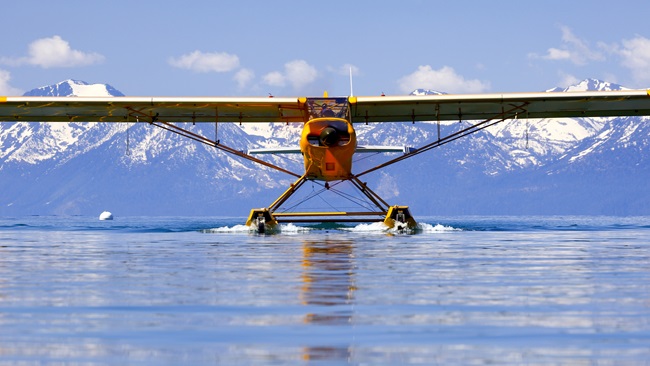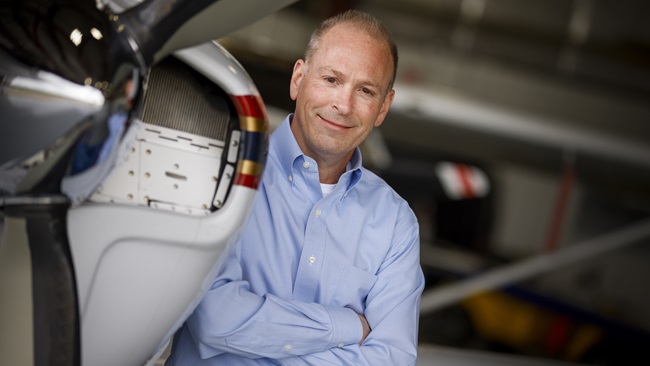Moving up
Do you want to fly a muscle car or a hotrod?

Yes. You might even see it parked on the flight school ramp: a Piper Arrow with retractable gear and a bit more horsepower; a Cessna 182, the roomy step-up to the 172 with longer range and greater load-carrying capability; or a Cirrus SR22. To fly any of these airplanes, you’ll need additional training and an instructor endorsement in your logbook (see “High-Performance and Complex Endorsements,” p. 39).
Your reasons for flying something new might vary. Do you want more speed? More room? Both? All three airplanes will meet your needs, but for pure speed, the Cirrus is the logical choice based on engine size alone. Whereas the Arrow flies with a 180- or 200-horsepower Lycoming and the 182 a 230-hp Lycoming, the SR22 is equipped with a 310-hp Continental (most SR20s fly behind a 200-hp Continental).
Something completely different
If you want to try something completely different from what you trained in, you could hardly go further to the extreme than a Cirrus.
In an industry whose roots go back to the Wright brothers, the Cirrus is fairly new on the scene—designers Dale and Alan Klapmeier achieved certification of the SR20 in 1998, and the SR22 followed in 2000. The airplane’s advanced avionics and safety features have made it a top seller in the single-engine piston market.
The Cirrus SR20/SR22 differs from traditional airplanes not only in power and equipment but also in construction and design. The low-wing, fixed-gear Cirrus is composite, so its airframe is fiberglass, not aluminum. Its recognizable silhouette features a curved vertical stabilizer and cuffed wings—two different wing planforms separated by a cuff in a design intended to make the airplane harder to stall and less likely to enter a spin.
“You’ll get the traditional buffet at the stall with the inner wing, but the increased angle of incidence on the outer wing means it wants to keep flying” and the pilot still has controllability with the ailerons, said Todd Shellnutt, a CFII and designated pilot examiner based in Cataula, Georgia. Shellnutt was named AOPA’s Flight Training Excellence Awards best flight instructor in 2015.
Shellnutt is a Cirrus Standardized Instructor Pilot (CSIP), which means he has been trained and evaluated to follow the same training program that the manufacturer uses in its factory flight instruction. A high accident rate among Cirrus pilots prompted the company to develop an intensive, highly structured training program. The effect on accidents has been appreciable. From a peak of 16 fatal accidents in 2011, the number has steadily declined. In 2016 there were three fatal accidents, during a year when 6,000 aircraft flew about 1 million hours. Cirrus also emphasizes regular ongoing proficiency training.
Shellnutt has conducted numerous transition programs for new Cirrus owners. Some are doctors; some are business owners. All of them share a desire to fly something fast, he said.
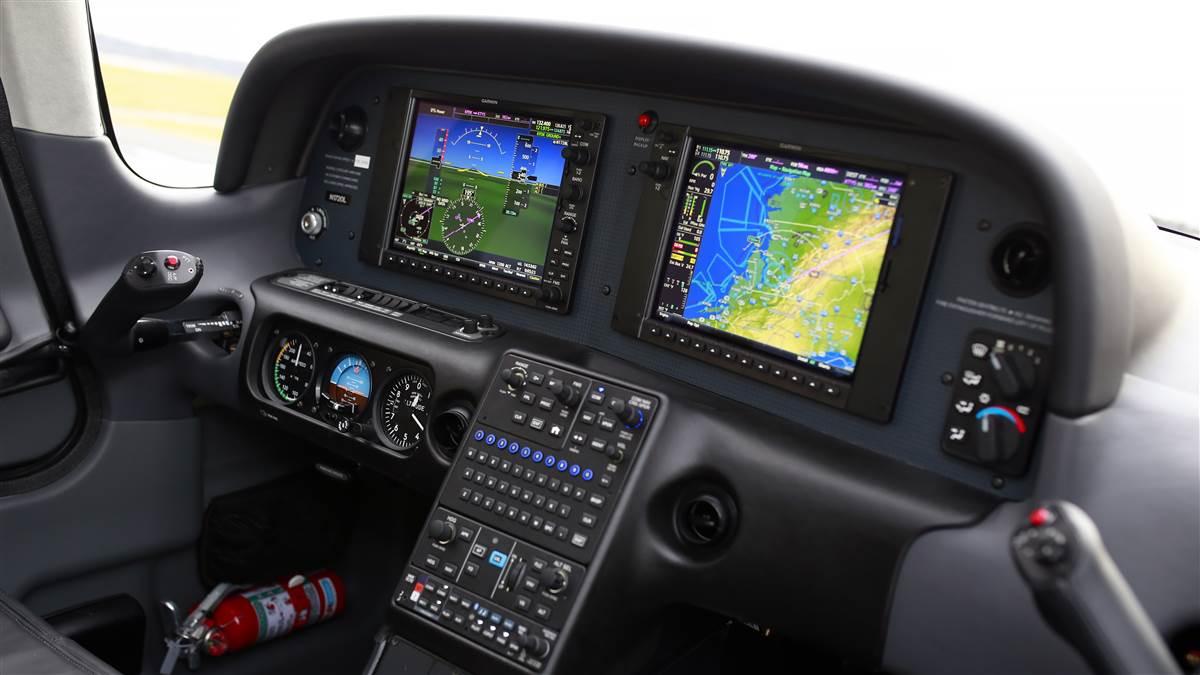
A different flying experience
If the Cirrus’s exterior seems unusual, its controls, avionics, and onboard parachute rocket it to another level.
The side yoke—not a traditional yoke, nor a central stick—was a unique design when the Cirrus debuted. Experienced pilots say it takes just a few minutes to adjust to the sidestick.
Analog instruments and a multifunction flight display were standard equipment in the SR20’s cockpit until 2003. Later models feature an all-glass cockpit consisting of a primary flight display and a multifunction display. The displays provide enhanced spatial awareness and supply engine and fuel monitoring capability.
The Cirrus Airframe Parachute System (CAPS), standard equipment, is installed in the aft fuselage. A pull on the handle activates a rocket motor and propels it and the parachute from the airplane, to lower the airplane to the ground at about 1,800 feet per minute. Cirrus says successful parachute deployments have saved 142 lives.
Not just another airplane
Your reasons for flying something new might vary. Do you want more speed? More room? Both? All three airplanes will meet your needs, but for pure speed, the Cirrus is the logical choice based on engine size alone.Stepping up to a high-performance single such as a Cessna 182 or a retractable-gear Piper Arrow can be accomplished with a few ground and flight sessions. The 182 is an easy transition particularly for pilots who learned to fly in a Cessna 152 or 172; they will need to understand the constant speed propeller, among other attributes. For any pilot accustomed to flying a fixed-gear single, ingraining the operation of the retractable gear and understanding how to release it manually are integral parts of transition training. The AOPA Air Safety Institute’s Transitioning to Other Airplanes online course discusses the challenges of transitioning to new aircraft (www.aopa.org/lms/courses/transitioning); pilots also may seek out type-specific expertise for step-ups, such as the standardized training offered in the American Bonanza Society’s Beechcraft Pilot Proficiency Program or the Bonanza & Baron Pilot Training (BPT) program.
Technically a high-performance aircraft, the 310-hp SR22 requires training well beyond the scope of a standard checkout to fly proficiently. According to Shellnutt, initial transition training may be four to five days, including ground and flight time. Although the SR20 does not meet the definition of a high-performance aircraft, pilots shouldn’t assume that they won’t need adequate transition training to fly it.
Transition training starts by focusing on the features that conventional aircraft don’t have.
“Someone who has been flying a Cessna 172…when they step into the Cirrus, some of their initial thoughts are, It’s just another airplane,” Shellnutt said. “However, it’s really not.” He cited the airplane’s electrical system as an example. In the unlikely event that the airplane experiences a complete electrical shutdown, the pilot would lose trim, flaps, and the ability to navigate other than by a magnetic compass.
That emergency scenario and many others are incorporated into the transition training. “When I’m training someone in the airplane, I like to do two or three emergencies per flight,” Shellnutt said. He noted that the Garmin Perspective avionics suite installed on later-model SR22s features a pilot/crew annunciator that visually and aurally warns the pilot about engine anomalies. The MFD includes checklists so the pilot can work through the issue without having to go head-down into a pilot’s operating handbook.
“At first it’s sloppy and erratic, but the more I ask them to do these emergency procedures, the more it becomes a flawless movement, because they’ve memorized the process and use the checklist as a way of backing themselves up,” Shellnutt said.
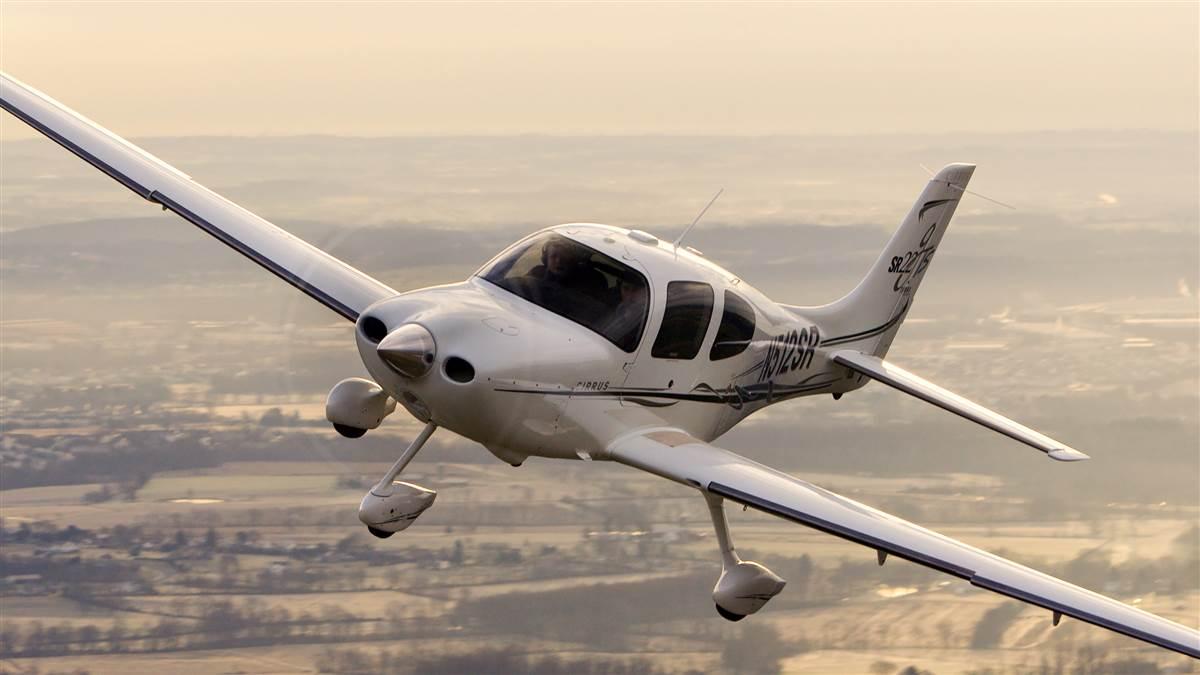
CAPS training covers its deployment (you follow a checklist for that, too), as well as the mindset a pilot must develop when flying, which Shellnutt characterized as “pinning down the mental state that you’re not going to land this airplane.” The goal is to make deployment an instinctual act in situations where the pilot has lost control of the airplane, according to the Cirrus website. The manufacturer offers training in simulators that feature CAPS handles.
Learning to manage the avionics and autopilot is by necessity a large part of the transition. “If you’re not familiar with the programming, it’s garbage in garbage out,” Shellnutt said. Automation management is the key, he said. “You can get behind the airplane by not managing the automation correctly.” Programming avionics is part of the risk management process. Pilots learn through repetition and experience, and they know why they’re doing it and not just pushing buttons, he said.
Learning to manage the avionics and autopilot is by necessity a large part of the transition. “If you’re not familiar with the programming, it’s garbage in garbage out.”Automation aside, “Flying a Cirrus is incredibly easy,” Shellnutt said. He’ll tell a pilot, “Disregard the instruments, just look at the standby instruments, and let’s stay in the pattern, and they take to that airplane like it’s nothing.”
As the pilot progress through the curriculum, the CSIP is looking to ensure that he or she meets certain standards. “If they don’t meet certain standards, we redo the lesson,” Shellnutt said.
Not every pilot will want to fly something like the Cirrus. While flight schools do rent them, they’re not as prevalent as the good old standby Cessna and Piper because they are more expensive to operate and to insure, which means they’re also generally more expensive to rent. It comes down to what you want out of your flying experience. As Shellnutt put it, “Do I want an older airplane that is kind of a muscle car, or do I want the Ferrari?”

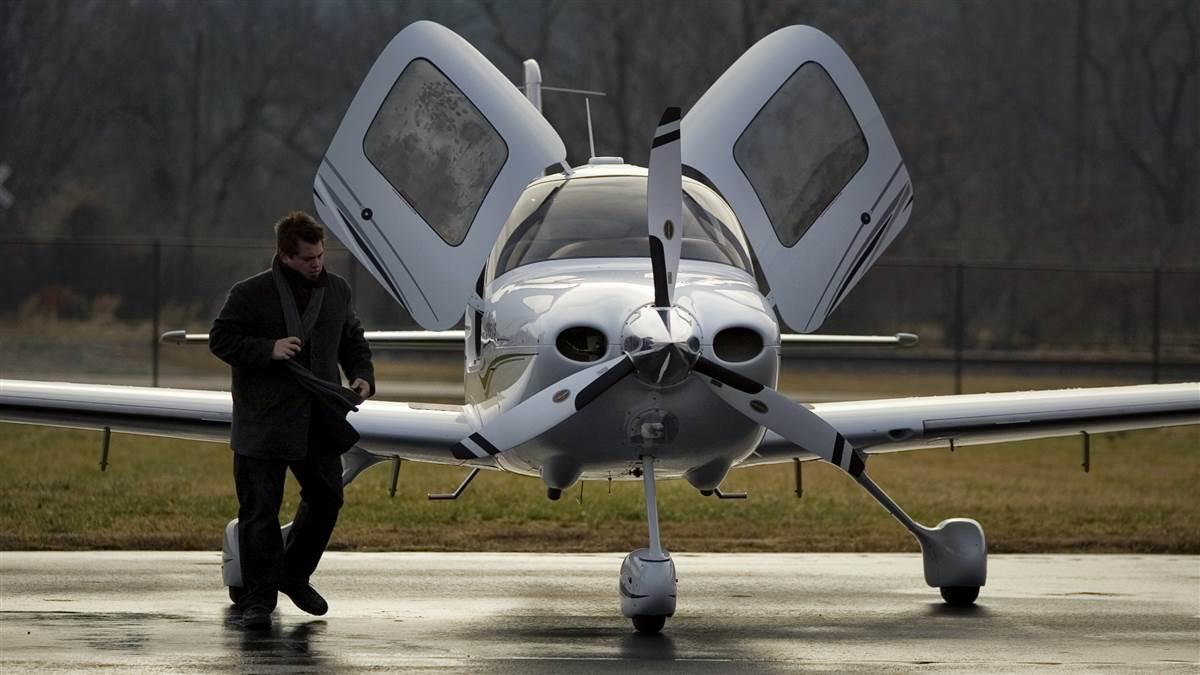 Where to rent a Cirrus
Where to rent a Cirrus
